The Be Quiet! Pure Loop 280mm AIO Cooler Review: Quiet Without Compromise
by E. Fylladitakis on October 14, 2021 9:00 AM EST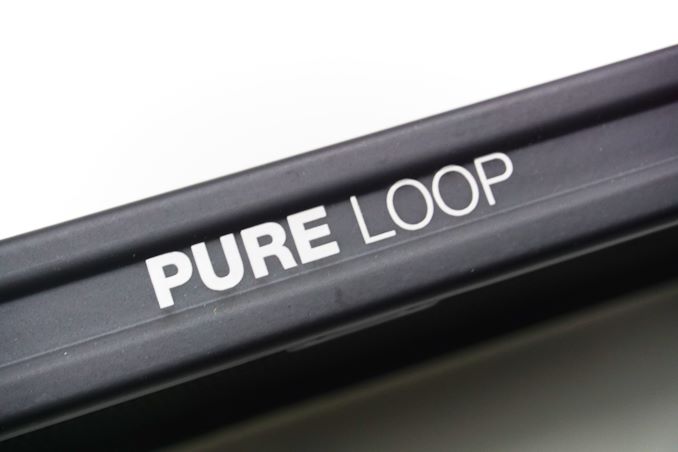
Be Quiet! is a German manufacturer that mainly produces PC cases, power supply units (PSUs), and cooling-related products. As the company's name suggests, their products are designed with a particular emphasis on quiet operation. The company is no stranger to the North American markets, slowly but steadily increasing their presence over the past several years. They are, in fact, one of the few EU-based companies that managed to maintain a foothold in the North American market during the pandemic.
Looking at their overall product offerings, Be Quiet! is a fairly typical PC peripherals manufacturer. The company is perhaps best known for for their impressive lineup of PSUs, while they also offer cases, fans, and coolers as well. And these days, that of course extends into all-in-one (AIO) CPU liquid coolers as well, with their Pure Loop family of coolers.
True to their design ethos, Be Quiet! has built the Pure Loop series to operate with as little noise as is reasonably possible. And unlike some other players in this space, the company isn't trying to make the Pure Loop a niche, high-end (read: expensive) offering; so the coolers are competitively priced for the mass market. Overall, the Pure Loop series consists of four coolers, ranging from 120 mm and 240 mm in size up to 280 mm and 360 mm. All four coolers are, as is usually the case, practically identical with the exception of the radiator size.
For today’s review, we are taking a look at the 280 mm version of the Pure Loop AIO cooler, which is the second largest that the company offers, and anecdotally seems to be the most popular size for AIO coolers right now.
Packaging & Bundle
The Pure Loop cooler ships in a sturdy cardboard box that, alongside the custom internal inserts, provide excellent shipping protection. It is aesthetically dark and dim, much like nearly all of Be Quiet!’s product boxes, but with a wealth of information regarding the cooler to be found on the sides and rear of the box.
The items bundled alongside the Pure Loop cooler are fairly basic. Inside the box, we found the necessary socket mounting hardware, a small syringe with a little thermal grease, adapters for powering the fans, and a few cable ties.
The surprising addition here is a bottle of coolant, which is very rare for an AIO cooler. For as we will see in our technical breakdown, the Pure Loop is not a traditional sealed loop cooler, so users can manually replenish and replace its coolant.
The fans provided alongside the Pure Loop cooler are Be Quiet!’s own Pure Wings 2 PWM fans. As expected, two 140 mm fans are supplied with the 280 mm version that we are reviewing today. These fans have rifle bearings, which are remarkably quiet. They are the “high speed” version of the series, with a maximum speed of 1.600 RPM.
The Be Quiet! Pure Loop 280 mm AIO Cooler
The core design of the Pure Loop 280 mm AIO cooler looks fairly typical at first glace. Yet if you pay a bit more attention, there is a significant anomaly: the liquid pump is autonomous and not located on the main cooling block itself. The block merely serves as a heat exchanger between the CPU and the cooling liquid, with no moving parts at all.
Be Quiet! moved the liquid pump to up near the radiator, as an inline device. Although this probably bodes well for the longevity of the pump (as it is not directly exposed to very high temperatures) and it reduces the noise output by dampening its micro-vibrations, this approach also creates four more connection points. Typically, joints and other connection points are the weakest links in AIO cooler design, so the additional points here increase the chance for mechanical damage.
Be Quiet!’s engineers went with a very subtle and elegant design for the main block. The body of the block is mostly made out of plastic, supporting the copper contact plate. A decorative brushed aluminum overlay with the company’s logo covers the top of the assembly that has white LEDs subtly lighting its surround while the unit is powered.
The bottom of the main block assembly reveals a sizable octagonal copper block that is nickel-plated. Its finish is very smooth and free of imperfections. The block is large enough for most modern desktop processors, AMD's oversized Ryzen Threadripper excluded.
The radiator is a typical dual-pass cross-flow design, with tiny fins soldered on thin oblong tubes. At the bottom side of the radiator, there is one relatively large screw that serves as a filling port. Handling this requires care – the position of the screw forbids users from undoing it while the radiator is installed inside a system, or the cooler will drain into the system itself. The radiator needs to be placed such that the filling port is the highest point of the system, then undo the screw to add coolant. The series logo is printed on both sides of the radiator's frame.



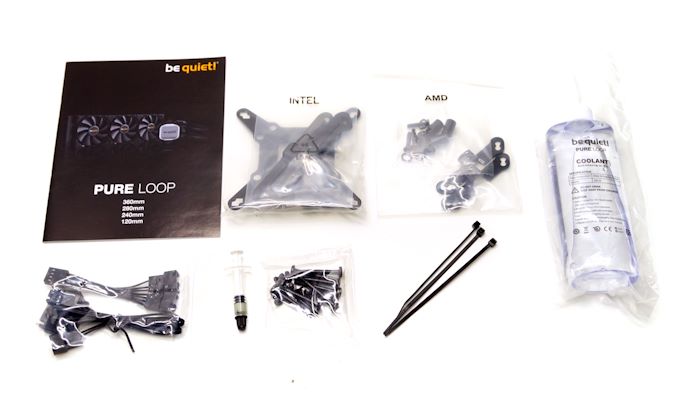
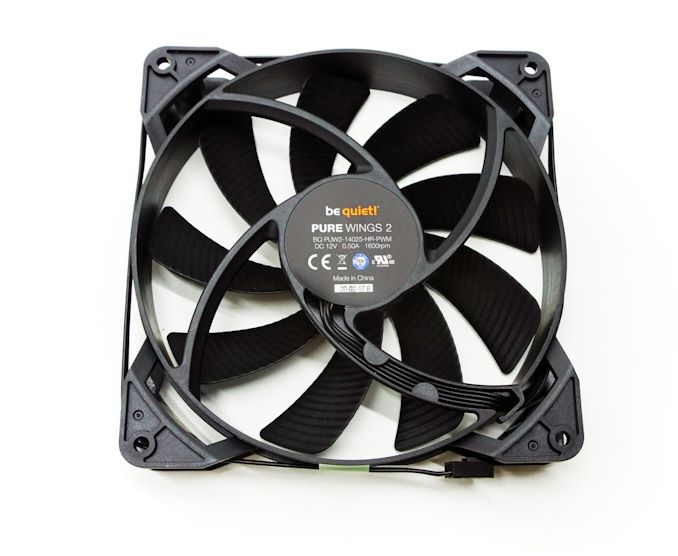

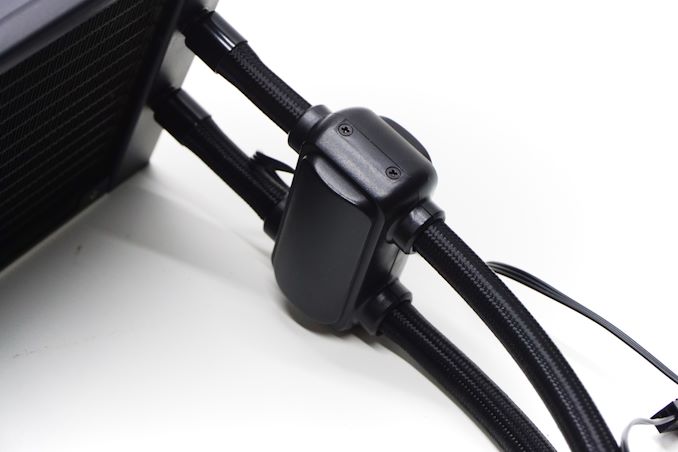
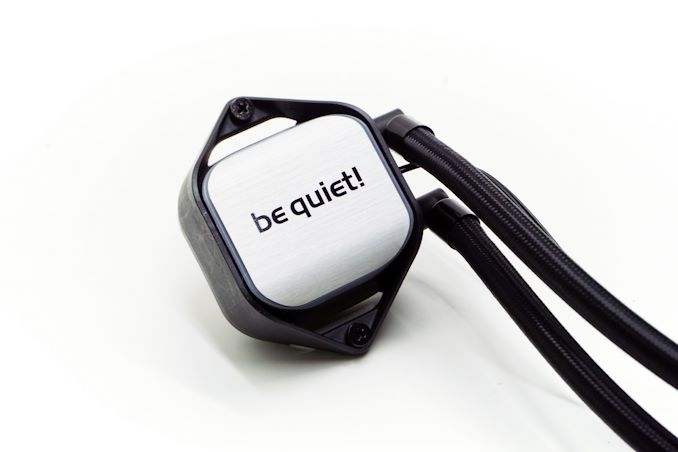
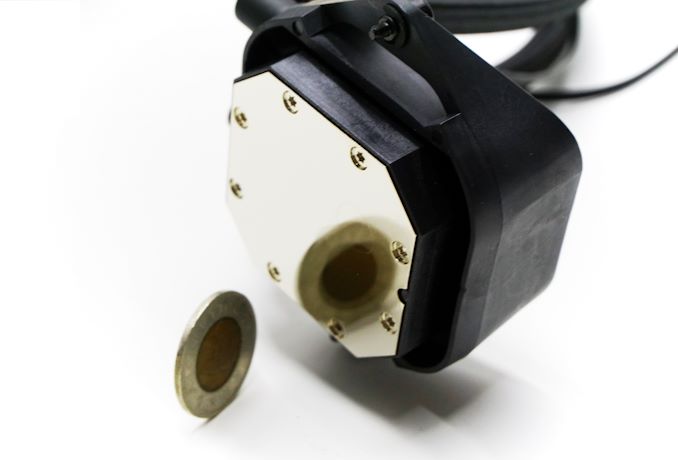
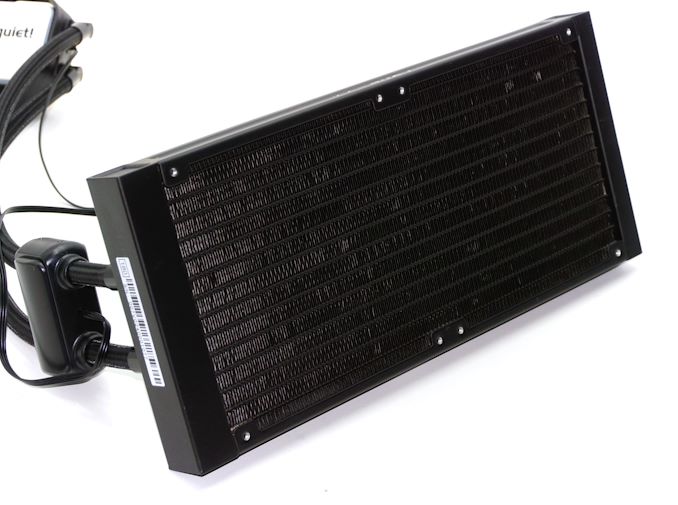








30 Comments
View All Comments
hansmuff - Thursday, October 14, 2021 - link
Hopefully not too stupid a question: how do you know when to add more liquid to the loop? Or should one completely drain and then refill in certain intervals?I went and looked at the manual for this loop, and it doesn't even mention the fillport at all.
Stuka87 - Thursday, October 14, 2021 - link
You cannot fill up AIO coolers. They are hermetically sealed. But quality ones lose very little liquid over time. I have run them for 5 years without issues.DirtyLoad - Thursday, October 14, 2021 - link
This is not true, this cooler is an AIO and has a fill port. Also, they include a bottle of coolant. Please read review before commenting.damianrobertjones - Monday, October 18, 2021 - link
Bought three AIO coolers. None of them arrived with extra coolant.evilspoons - Monday, October 18, 2021 - link
The spec page for this product on the manufacturer's web site has a line that says: "Fill port: ✔"https://www.bequiet.com/en/watercooler/1960
Click "technical data".
ceb1974 - Thursday, October 14, 2021 - link
I'll never go back to air coolers.A5 - Thursday, October 14, 2021 - link
OTOH, I'll never go liquid. More stuff to break, costs more, and not that much better.meacupla - Thursday, October 14, 2021 - link
Liquid cooling is significantly better, but only if you use a 280mm, 360mm, or larger, radiator per cpu/gpu.240mm is basically similar to top end air, while anything under that is not worth it.
hansmuff - Friday, October 15, 2021 - link
Quieter, it is much, much quieter. I can't hear my AIO when the machine is under heavy load for a few minutes. After that yes the fans will ramp up. But I've never been able to get an air cooler to that degree of a low ramp-up. With regular (non gaming) loads I can't hear my machine when I sit at it in the middle of the night (as in, no other noise) and I've never had that on air cooling.evilspoons - Monday, October 18, 2021 - link
I have a NH-D15 with the fan ramp set up fairly carefully in my UEFI... and a Fractal Define XL R2 with acoustic padding all over the place. It takes several minutes of extended load on my 5800X before it gets louder than ambient noise. It's silent too at night just web browsing or whatever.I'm not opposed to the idea of a AIO but then I'd have to take a big chunk of acoustic padding off to put the radiator in the top of the case, so maybe next time. Haha.